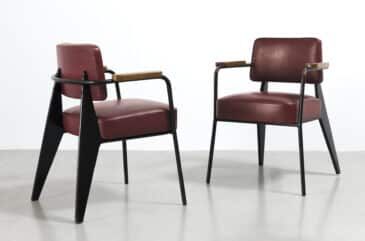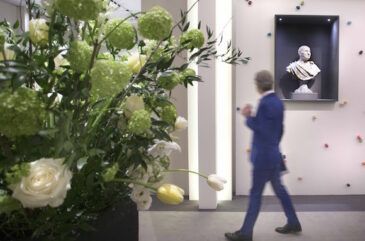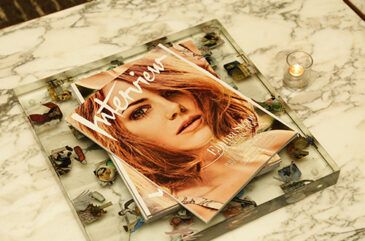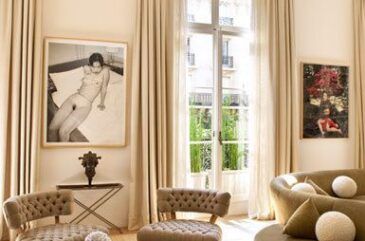1stdibs contributor Wendy Moonan is in Maastricht, in the Netherlands, for The European Fine Art Fair (TEFAF), one of the world’s most prestigious events for collectors of antiques, art, and jewelry. Wendy sent us a brief update on the opening of the fair, and highlighted just a couple of the incredible pieces on display. More information — and pictures! — below.
The weather in Maastricht has been unseasonably warm, with clear blue skies and the first flowering trees beginning to bloom. This is highly unusual for the opening of TEFAF, and the 274 dealers exhibiting at the fair were afraid that collectors wouldn’t come. And while the cafes on the public squares were mobbed with people sunning themselves, thousands of visitors still patiently lined up at the entry before the fair opened. When the gates lifted, they streamed through, racing off to their favorite dealers to get first crack at this year’s treasures.

The Needham cup, pictured, is a Colonial Era-piece from Boston.
The New York silver dealer Shrubsole sold two highly important pieces of silver in the first few minutes, one of them a heavy cup made outside Boston around 1660 by John Hull and Robert Sanderson. It is engraved “William Needham to Brantry Church, 1688,” the year it was donated to a local parish as church silver. “We don’t know where these silversmiths trained but this cup was made 40 years after the Mayflower landed,” said Timothy Martin of Shrubsole. “There is one just like it at The Met. It’s perfect.”
Martin had been trying to buy the cup for years and took possession of it only last Friday. This is a typical story of TEFAF, when dealers exhaust themselves — up until the opening bell — to bring the finest things.

Corvaja spent years perfecting a gold-smithing technique that allowed him to produce metallic threads thin enough to weave.
On a more contemporary note, at Adrian Sassoon, a London ceramics dealer, the goldsmith Giovanni Corvaja was on hand to explain how he had made a hankerchief of pure gold. “I spent ten years researching how to make gold feel like silk,” he said. Ï leaned how to make gold wire a seventh of 1000th of a millimeter; 80 of my gold threads together are the thickness of one human hair.”
It took the artist seven years to make the 25-centimeter, 70-gram piece. “If you think about it as a metal, its textile quality surprises you,”Corvaja said. “If you look at is as a piece of textile, the way it absorbs heat and its metallic quality surprises you.”




